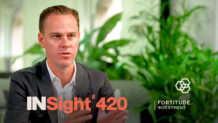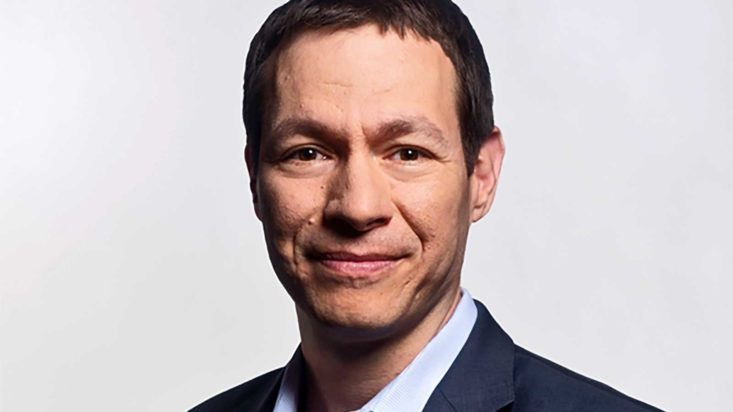Hidden ESG risks in popular stocks and funds
As investors put more and more money into ESG-focused products, so too are they getting more sophisticated in their selection – in both what they are favouring and what they are avoiding. Perhaps they should consider avoiding dividend stocks and funds.
Research from Morningstar, published last week (August 26), using work by Sustainalytics, its specialist ESG research arm, shows that a high-dividend portfolio typically carries nearly 20 per cent more ESG risk than the overall market. More surprisingly, at least on the face of it, a renewable energy portfolio is roughly ten times as carbon-intensive as the global equity market.
The research report, ‘Hidden ESG Risks May Lurk in Your Portfolio’, (download here), uncovers several areas for ESG-conscious investors to consider. They include:
- Value and size may possess long-term performance advantages, but they carry higher ESG risk and carbon-intensity than growth and large caps.
- Strategies that tend to overweight utilities or industrials, such as high dividend yield, minimum volatility, and infrastructure, can lead investors to carbon-intensive, high-ESG-risk sections of the market.
- Dividend growth strategies are designed differently than dividend yield strategies, so they do not have the same levels of ESG risk.
- High-quality companies tend to carry lower ESG risk and less carbon-intensity, as do many thematic strategies focused on transformative technologies.
- Renewable energy investing is not the same as low-carbon or low ESG risk. Companies are involved with both clean energy and fossil fuels, can have carbon-intensive operations, or carry other ESG risks.
Dan Lefkovitz, Chicago-based strategist for Morningstar indices and the report’s author, said many popular investment strategies carried higher ESG risk and carbon intensity than investors realised.
“Renewable energy-focused portfolios are surprisingly carbon-intensive, as are low-volatility strategies,” he said. “Dividends, infrastructure, and value investments tend to carry elevated ESG risk.”
Global flows into ESG-focused funds, coupled with an increase in their number and firm market conditions, pushed net assets in the category to US$2.3 trillion ($3.1 trillion) in the June quarter, according to Morningstar, the fifth consecutive increase and a 12 per cent jump on the March quarter figures.
In the latest analysis, Sustainalytics’ ESG ratings and carbon data are applied to Morningstar’s equity indices, which represent typical investor market exposures to encourage investors to consider ESG risk in their portfolios.
However, even a sustainability-oriented portfolio can carry hidden ESG risk, and the survey uncovered a number of these potentially lurking in investor portfolios, the report says.
In Australia, for instance, the report points to AGL Energy (ASX: AGL) as an example of a company in the Morningstar Global Renewable Energy Index that is involved in both coal-generated power and renewables, contributing to that index’s high carbon intensity.
(AGL, a popular stock with retirees because of its dividend history and well-regarded management, has long posed a problem for ESG investors and advisers. It is currently looking at splitting itself into two separate companies, one for retail supply and the other for energy generation.)
ESG involves many complex relationships and interconnections between investment factors. The Sustainalytics ESG Risk Rating is focused on the ESG issues most likely to materially impact a company financially. This would vary by company, Lefkovitz said.
He said that, for some companies, ESG risk would be more on the environmental side (such as BHP), while for others on the social side (such as Amazon.com whose challenges relate to human capital, data privacy and product governance).
And for others, he said, corporate governance posed more ESG risks, such as Chinese banks like Bank of China and CCBC that had issues with business ethics. Also on the governance side, there were technology companies which had dual class structures and other arrangements that disadvantaged minority shareholders.
“In terms of quantification of the risks, companies with higher ESG Risk Ratings are more likely to be negatively affected by ESG-related issues. That applies to indices and funds as well,” Lefkovitz said.











